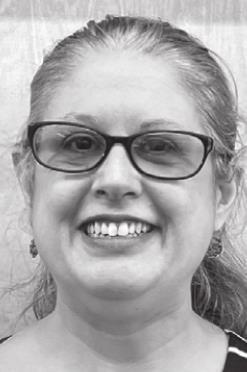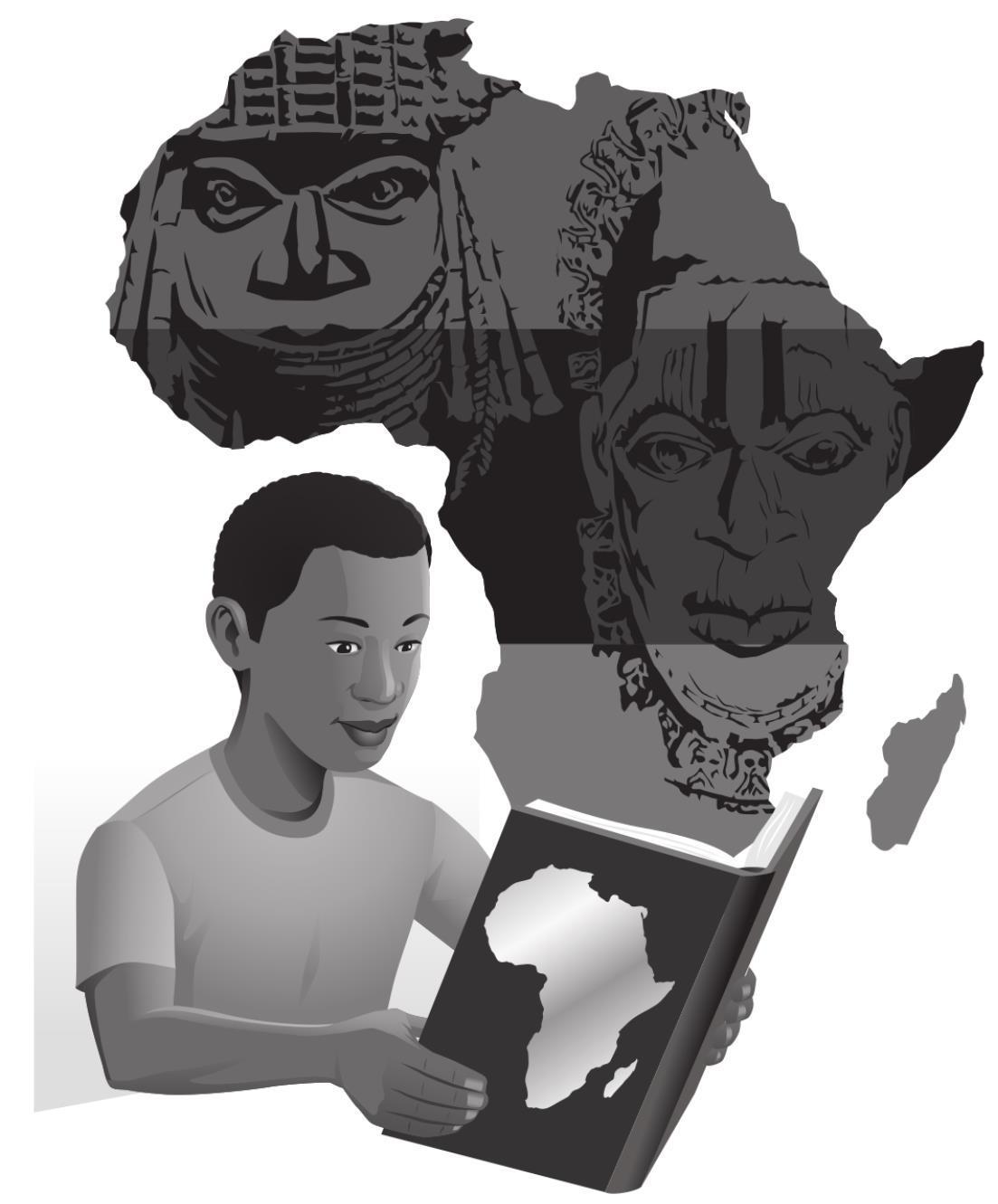

Graphic from Metro Creative
Answers to Go
SAN MARCOS PUBLIC LIBRARY
625 E. HOPKINS ST.
512-393-8200
Q. I heard that the first person wounded in the Texas Revolution was a free Black soldier. Can you confirm this and tell me about him?
Yes — the first A. person wounded in the Texas revolution was Samuel McCulloch, Jr., a free black man.
Samuel McCulloch Jr. was born in South Carolina in 1810. His father, Samuel McCulloch Sr. a white man, moved the family (without Samuel Jr.’s mother, an unknown African American Woman) to Montgomery, Ala. in 1815 when Samuel, Jr. was just 5 years old. In May 1835, Samuel Sr. brought his family, now with three daughters (Jane, Harriet and Mahaly) and a fourth enslaved child named Ulde or Huldir, to Texas. Slavery in Texas was illegal at that time because it was still a Mexican state. McCulloch returned to Alabama and filed paperwork to emancipate his children and Ulde (or Huldir) on July 6, 1835. He returned to Texas and the family settled in what is now Jackson County on the Lavaca River. Samuel Jr. was 25 at that time. (Bullock Museum)
In October of 1835, young Samuel volunteered to fight for Texas independence from Mexico with the Matagorda Company, a 50-man volunteer company. According to battle accounts, he was the first person through the door in the attack on the Mexican fortress at Presidio La Bahía in Goliad. He took a musket ball to his right shoulder, which was not removed until nearly a year later, resulting in a lifelong handicap. The Battle of Goliad was the second skirmish of the revolution, coming after the Battle of Gonzales and just four days after McCulloch joined the Texian army. In April of 1836, the Runaway Scrape prompted the McCulloch family to leave. The term ‘Runaway Scrape’ was the name Texans applied to the flight from their homes when Santa Anna began his attempted conquest of Texas in February 1836.
Samuel’s wound was not the only challenge he had. Initially, the Republic’s constitution, adopted in September 1836, prohibited citizenship for “Africans and the descendants of Africans and Indians” and required all free Blacks to apply to the Congress for permanent residence. On June 5, 1837, the Republic passed a law that permitted free Blacks to keep their residency if they had been living in Texas before the Republic’s Declaration of Independence on March 2, 1836. (Hurd) As a disabled veteran of the Texas Revolution, McCulloch was eligible for a bounty grant. On Dec. 18, 1837, the Legislature passed “An act making provisions for persons who have been permanently disabled in the service of Texas,” under which McCulloch was awarded a certificate for one league (4,428 acres) of land on April 11, 1838. Although he received his land grant in 1838, McCulloch did not settle the land until 1850, on the Frio Road and Medina River in Bexar County. After the war, in 1837, McCulloch married Mary Lorena Vess, a white woman, even though laws existed which prohibited interracial marriages. Fortunately, he was not prosecuted for this.
However, by 1840 Sam McCulloch Jr. had to confront newly-enacted laws such as the Ashworth Act, “An Act Concerning Persons of Free Color,” designed to force previouslyfree persons of color out of Texas or face enslavement. Supportive community residents circulated a petition requesting that McCulloch and his siblings be allowed to remain in Texas as free people. The Congress of Texas ruled in McCulloch’s favor on Dec. 15, 1840, declaring “That Samuel McCulloch, Jr., and his three sisters… Jane, Harriet and Mahaly, and their descendants, better known as the free children of Samuel McCulloch Sr., now in the Republic of Texas, together with a free colored girl, known by the name of Ulde or Huldir, a member of said McCulloch’s family, be… exempted from all provisions of ‘An Act Concerning Persons of Free Color.’” (Bullock Museum)
His lingering injury did not keep him from serving Texas again as a soldier — he fought in the battle of Plum Creek in 1840 against Comanche Indians and served as a spy for the Army of the Republic of Texas during the Mexican invasion of San Antonio in 1842. (Texas General Land Office). He continued to be active in veteran association gatherings and reunions throughout his life. He became a farmer and a rancher and lived most of his remaining life until his death on Nov. 2, 1893 near Von Ormy, a few miles southwest of San Antonio.
• Bullock State History Museum: Land certificate of Samuel McCulloch 1838: Bullock Texas State History Museum. (n.d.). Retrieved Jan. 21, 2022, from thestoryoftexas. com/discover/artifacts/ mcculloch-land-certificatespotlight-022616
• Hurd, M. (2021). Wounded - Then Rejected. Texas Coop Power, 29–29.
Texas General Land Office (2020, June 19). The saga of Sam McCulloch, a free black man in the Republic of Texas. Medium. Retrieved Jan. 21, 2022, from medium.com/ save-texas-history/the-sagaof-sam-mcculloch-a-freeblack-man-in-the-republicof-texas-6729d49f8ee
Suzanne Sanders is the new columnist for the library. She is the Community Services Manager for the San Marcos Public Library and came from the Austin Public Library in 2015 after having served there as a librarian for over 20 years. She gratefully accepts your questions for this column.











